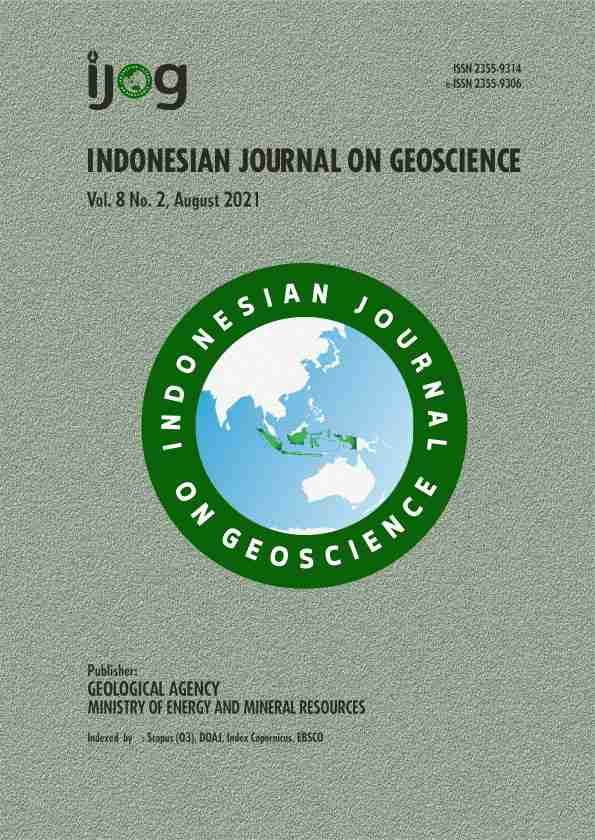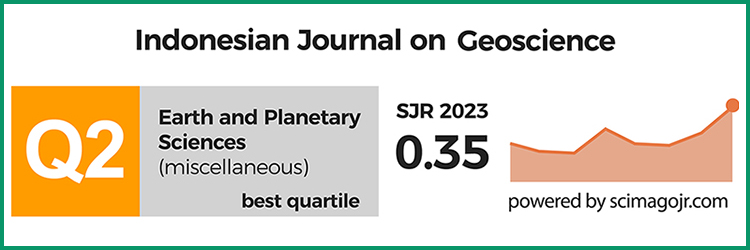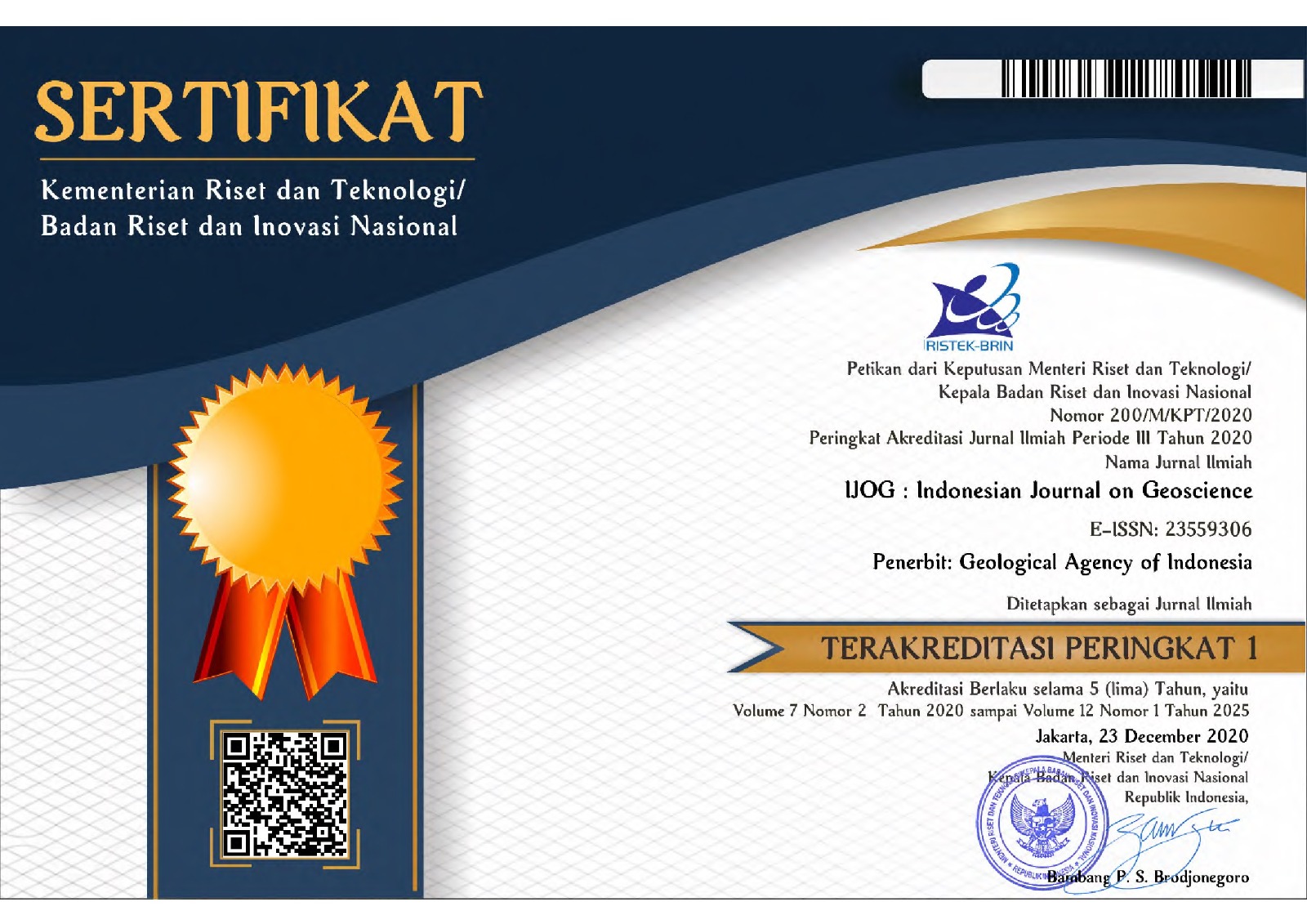Investigation of Dam Integrity from Electrical Resistivity Methods: A Case of Erelu Dam, Southwestern Nigeria
DOI:
https://doi.org/10.17014/ijog.8.2.265-274Keywords:
Water supply, seepage, geologic structures, reservoir level, dam failure.Abstract
DOI:10.17014/ijog.8.2.265-274
Erelu dam is geologically within the Precambrian Basement Complex of southwestern Nigeria, which serves a principal source of water supply to an increasing population; currently at about 779,318. In an attempt to investigate the integrity of the dam, horizontal resistivity profiling (HRP) of dipole-dipole and Schlumberger’s vertical electrical sounding (VES) approaches were explored to delineate the lithologic layers, facies, and geologic structures in the subsurface of the dam. The HRP revealed changes in subsurface conductivity that depicts lateritic hard pan and saturated rock blankets at shallow depth. The vertical geo-electric section delineated predominant four lithologic units. The regolith is 7 m thick and constitutes the vertical rock fill impervious cores of the dam, which is underlained by saprolitic and fresh bedrock. The region of weathered rock depression coincided the shallow saturated anomalous zone and showed surface manifestation of fractured or unconsolidated terrain within the embankment. The fracture serves as conduit for seepage which could be responsible for possible loss in the reservoir water and increases its susceptibility to failure. It is recommended to keep monitoring the seepage with reservoir levels, by periodical geophysical and geotechnical measurements for the two (dry and wet) seasons.



















